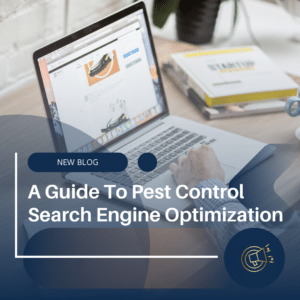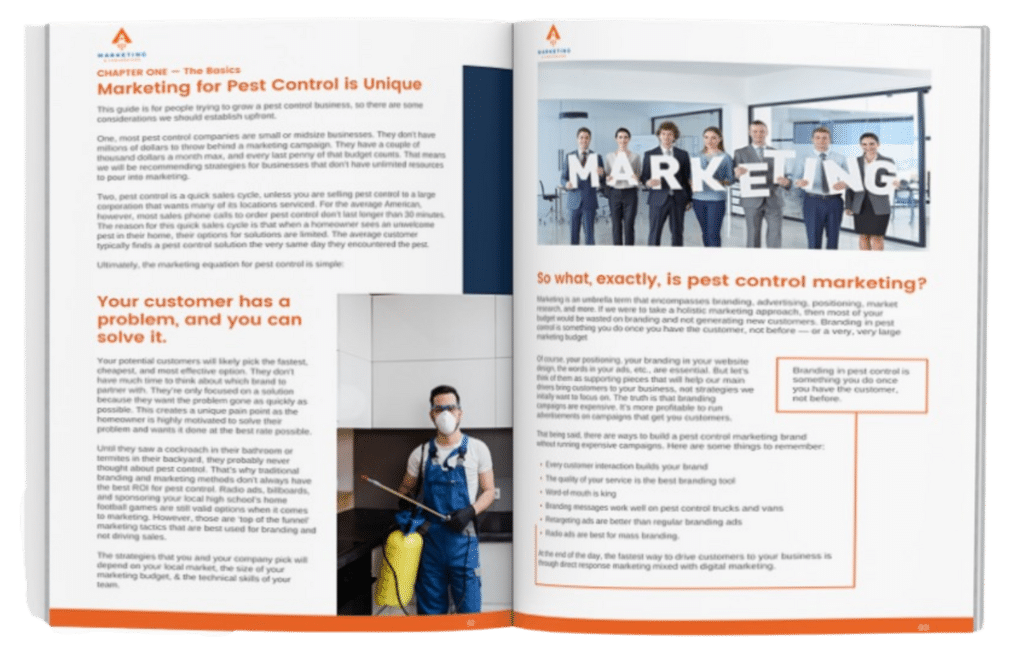
How to pick a marketing agency
How to pick a marketing agency Here’s a truth that can be hard to swallow: Even the best product or service in the world won’t
Due to tight competition, keeping ahead of the competition can be challenging. To surpass competitors in engaging and influencing customers, You must first understand competitors’ intricacies. Then, to beat them quickly, you are required to do continuous monitoring of your competitors’ activities. But how can you do this? A competitive analysis is a great way to stay ahead of the competition.
A competitive analysis is a powerful digital marketing tool that gathers and analyzes information about your competitors to understand their strengths, weaknesses, and strategies. Its goal is to identify areas where you can gain a competitive advantage over them. It also helps brands stay ahead of the competition by understanding what they are doing, their strategies, and how to take advantage of opportunities in the market. In addition, the competitive analysis also helps brands understand emerging trends and developments, so they can adapt their strategies accordingly and stay ahead of the competition.
There are several types of competitive analysis depending on the company’s niche and needs. Some of the most common types are the following:
It is a process of analyzing the content produced by your competitors to find out what works and what doesn’t.
It is a process of analyzing how competitors use social media channels such as Twitter, Facebook, Instagram, YouTube, and more.

Identifying the brand assets of your competitors that give them an advantage over others.
Examine the pricing strategies implemented by competitors to uncover areas where you can beat them.
Analyzing how your rivals engage and interact with customers, including customer service and support processes.
Developing a competitive analysis involves gathering data about your competitors, analyzing it, and then taking action based on your findings. Here are the steps to follow:
Step 1: Identify Your Competitors
The first step to doing a competitive analysis is to identify your competitors by researching the market, monitoring social media, and reading industry publications. Next, it would be best to analyze their strategies and activities to understand their competitive edge.
Step 2: Collect Data
Once you’ve identified your competitors, the next step is to collect data about them. This includes gathering information on their products and services, pricing strategy, marketing activities, and customer service processes. You should also pay attention to any new trends or developments in the market that could impact their strategy.
Step 3: Analyze the Data
Once you have collected data about your competitors, it’s time to analyze it. This includes analyzing their strengths and weaknesses and comparing them to yours. You should also identify opportunities or threats that could affect your business or industry.
Step 4: Take Action
The final step is to take action based on your findings. This could mean adjusting your marketing strategies, pricing models, or customer service processes to better compete with your rivals. You can also use the collected data to identify areas where you have a competitive advantage over your competitors and capitalize on these opportunities.
There are several tools available to help you with your competitive analysis, such as:
Quick search: This powerful search engine provides an instant overview of your brand’s online presence. It offers comprehensive coverage of social networks, news websites, blogs, and forums. You’ll be able to track the conversations about your brand, the influencers talking about it, and the industry trends.
Google Adwords: Google Adwords is an excellent tool for getting an overview of your competitors’ paid search campaigns. You can use the tool to analyze the keywords they are targeting, their ad copy, and more.
Ahrefs: Ahrefs is a web-based research tool that collects data from multiple sources to help you make informed decisions. The tool provides detailed insights into competitors’ SEO strategies and helps track their progress.
Scaleserp: Scaleserp is an SEO tool that helps you track the performance of your competitors’ websites. You can use it to analyze their content, backlinks, and keyword strategies and measure their visibility in search engine results.
Semrush: Semrush is a comprehensive digital marketing suite that offers tools for keyword research and analysis, website auditing, competitor analysis, and more. It helps you keep track of your competitors’ strategies in real-time and identify opportunities to improve your campaigns.
Competitive analysis is essential for staying ahead and understanding the market. By monitoring your competitors’ strategies and activities, you can gain valuable insights into optimizing your business processes and staying competitive. With the right tools, you can easily keep track of your rivals’ progress and use that knowledge to make informed decisions about your strategies.

How to pick a marketing agency Here’s a truth that can be hard to swallow: Even the best product or service in the world won’t
To ensure that your marketing dollars are contributing to your pest control company’s growth, You have to ensure profitability. There are a lot of ways to ensure profitability but in this blog post we will tackle just three of them and if you implement them early, you are a lot more likely to fill your routes with ideal customers that love to live pest free.

Growing a pest control business involves online strategies. Partnering with a pest control digital marketing agency can enhance your online visibility further.

Marketing automation is a digital marketing strategy that uses technology to automate repetitive marketing tasks and workflows.

Customer journey is often visualized through a concept known as the digital marketing funnel. This visually represents a potential customer’s stages before purchasing or taking a desired action.

Most of the time, the company won’t have to pay for anything in email marketing. They can easily build their contact lists on their website when their visitors subscribe to them. They can also buy contact lists from other businesses, which can only cost a few bucks for thousands of emails. So if you’re considering doing email marketing for your pest control business, below are 10 tips you can apply to your campaign.

Grab your free copy of our Ultimate Pest Control Marketing Guide and uncover 10+ years of pest control marketing secrets.
Our Promise
We love working with and growing local businesses. If we can’t help, we’ll send you to someone who can.